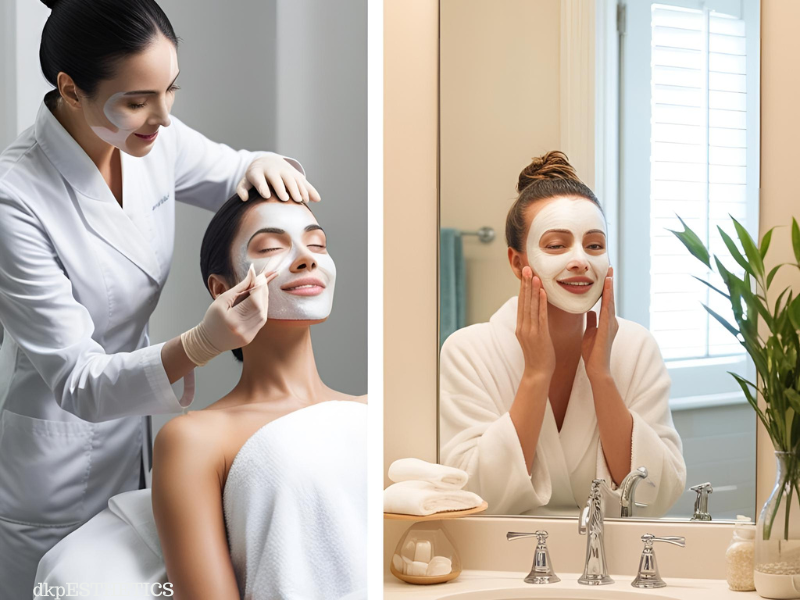Professional vs. At-Home Dermaplaning: What’s the Difference?
Professional Dermaplaning: Precision You Can Trust
In the age of DIY beauty, dermaplaning tools have made their way into bathroom cabinets everywhere. But just because you can do it yourself doesn’t always mean you should—especially when your skin’s health is on the line. Whether you're chasing a smooth glow or better product absorption, it's essential to understand the risks and results that come with both professional and at-home dermaplaning.
Performed by licensed estheticians or dermatologists, professional dermaplaning is done using a sterile, surgical-grade scalpel—something that simply cannot be replicated at home. These trained professionals have the skill to apply the correct pressure, angle, and technique tailored to your skin type, texture, and sensitivity.
Why it matters:
The skin barrier is delicate. One wrong move with a blade at home can cause nicks, inflammation, or scarring.
Sanitation is critical. Professionals use sterile tools and adhere to hygiene protocols that reduce the risk of bacterial infections—especially important for acne-prone or sensitive skin.
Skincare customization. A trained eye can identify underlying skin conditions and recommend products or protocols to match, enhancing results and avoiding complications.
At-Home Dermaplaning: Convenient, but with Risks
At-home dermaplaning tools, like facial razors, may offer a quick fix for peach fuzz and light exfoliation, but they’re significantly less precise than professional tools. Most come with built-in safety guards and duller blades to avoid injury—but even these can irritate the skin when used incorrectly.
Common pitfalls:
Over-exfoliation and irritation from excessive scraping
Uneven pressure leading to micro-cuts or patchy results
Cross-contamination due to improper cleaning of tools
No real assessment of whether your skin is suitable for the treatment
DIY may be tempting, but skin health isn't something to gamble with.
So, Which One Should You Choose?
Ask yourself: Would you perform your own dental cleaning or chemical peel? Probably not. Dermaplaning, while non-invasive, still requires care and precision—especially if you’re dealing with acne, dryness, or sensitivity.
Choose professional dermaplaning if:
You want optimal, long-lasting results
You have active skin concerns like acne, hyperpigmentation, or rosacea
You value safety, sterilization, and expertise
DIY might be okay if:
You’re maintaining results between pro sessions
Your skin is healthy, balanced, and not prone to breakouts
You’re aware of the technique and use high-quality, clean tools
Final Thoughts: Your Skin Deserves Expert Care
While at-home options can be convenient, nothing replaces the precision, safety, and customization of a professional dermaplaning session. Your skin is your body’s largest organ—it’s worth investing in the care of a licensed expert who understands how to treat it right. A flawless glow is great, but not at the expense of long-term damage or irritation.
Ready for a real glow-up? Book a professional dermaplaning session at DKP Studio and give your skin the expert attention it deserves.
Frequently Asked Questions
-
Yes. Professional dermaplaning offers better precision, hygiene, and tailored treatment compared to at-home tools, which carry risks like irritation and uneven results.
-
At-home dermaplaning can cause over-exfoliation, micro-cuts, patchy texture, and even infection due to improper technique or tool sanitation.
-
It's safer to dermaplane at home only if your skin is healthy, not acne-prone or sensitive, and you use clean, high-quality tools with proper technique.



